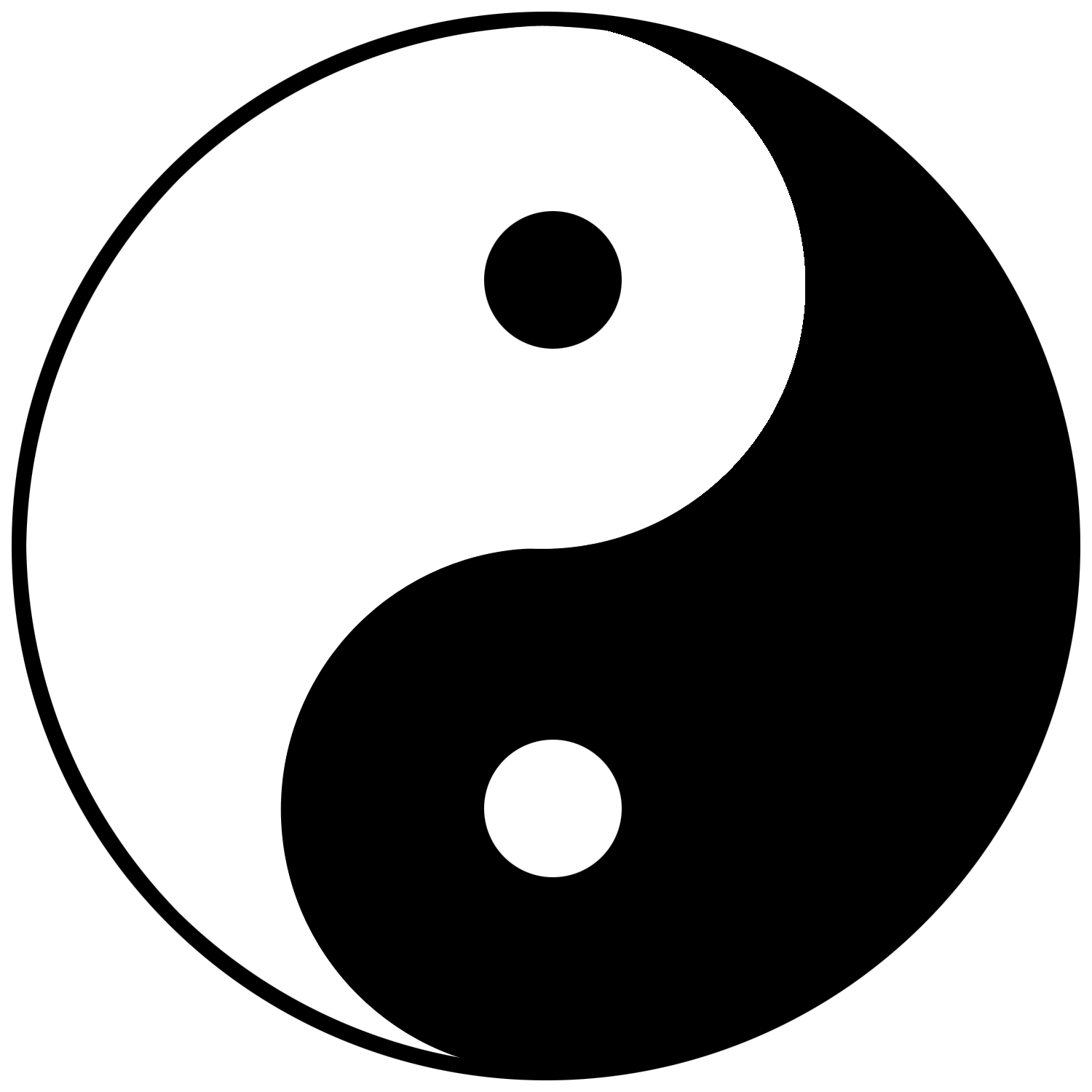What I'm Thankful For
/In the spirit of Thanksgiving, I wanted to take a moment to share a quick story. For the past year, I've made monthly visits to Raven Rock Ranch, owned by Tim and Sandy Matts, to provide pro-bono acupuncture services for the horses. The relationships forged on this ranch between at-risk youth and the re-homed/rescued horses are therapeutic for everyone involved. The place just has a wonderful energy.
I've become a lot more sensitive to energy as I've shifted my practice from Western medicine to an Eastern approach to healing. Learning acupuncture has led me to slow down and to be much more observant of the subtle cues that horses use to communicate. I am incredibly grateful to have access to a modality that the majority of my patients really enjoy. Until I started Balanced Horse Vet, I hadn't realized how important it was to me that my patients enjoy their treatment, something which I rarely encountered when practicing Western medicine.
I don't always treat the same horses at Raven Rock Ranch, but I do have a couple that have become my regulars. At my most recent visit, the volunteers were redoing much of the fencing, so the horses were loose on the property, happily grazing on the front lawn. I had just started working on my first patient, when Rachel, one of my regulars, stopped grazing and wandered over to the barn. She came into the aisle and waited patiently. I was flattered that she had stopped her grazing to come say hi, and since she was there, I started working on her. A few minutes into Rachel's acupuncture treatment, Rocky, another of my regulars, stopped grazing and wandered into the barn to wait his turn. There were no treats or lead ropes involved; these horses just love their acupuncture! I was humbled that these kind creatures would leave their fresh green grass to come spend time with me. Every day, I am thankful that I can serve our four-legged companions in a way that fosters positive relationships. It's a rare vet that can say that her patients voluntarily line up to get poked with needles.
If you are looking for a great cause to support both horses and children, you can find out more about the great work that Raven Rock Ranch does at www.ravenrockranch.org.








